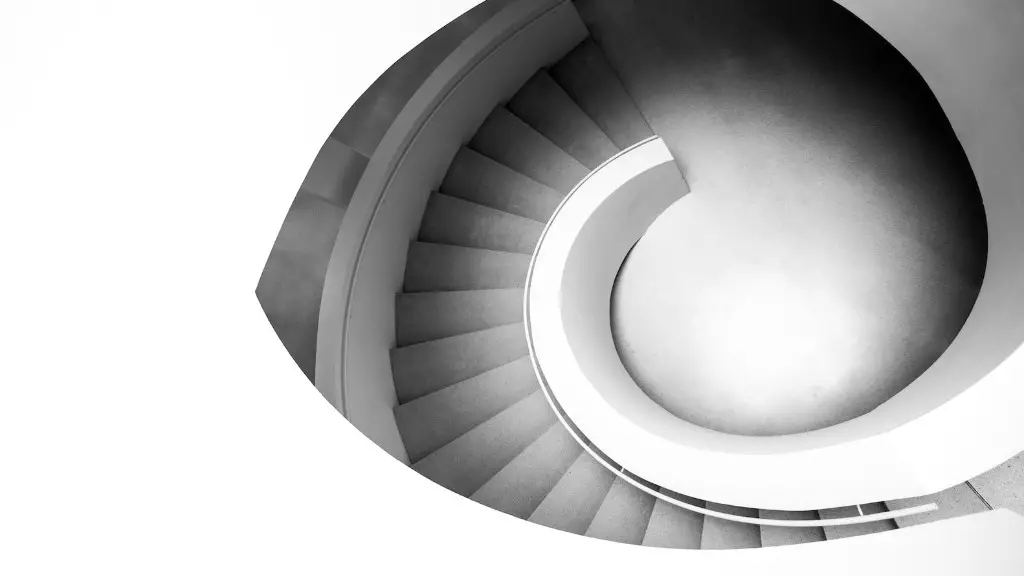Introduction
A solution architecture diagram is a visual representation of how technology products and services are used to create an end solution. It serves as both a roadmap and a critical tool in the process of designing and building enterprise applications, services, and systems. Solution architecture diagrams provide an overview and visualization of the different components involved in the creation of a product or service, their purpose, and how they all fit together. By visualizing the architecture in this way, technical teams can quickly identify potential areas of improvement and make changes to increase the efficiency of the system. In this article, we’ll discuss how to create a solution architecture diagram and discuss the benefits it can bring to the development process.
Steps For Developing A Solution Architecture Diagram
Creating a solution architecture diagram is an iterative process. Here are several steps that can help guide you through the process:
- Gather requirements – Gather requirements from stakeholders and stakeholders, domain experts, and any other person who will use the product or service. Here, identify which parts of the system need to be included in the architecture and what the business objectives are.
- Start with the macro view – Start with a macro view of the system, drawing out and describing the main components and how they interact.
- Create a high-level design – Create a high-level design to give more detail and clarity to the solution. Include the detailed requirements you gathered and any new elements that arise.
- Define the micro-level architecture elements – Once the high-level design has been developed, it’s time to start creating the diagrams themselves. Here, you should define the micro-level architecture elements in order to provide greater detail and clarity to the solution.
- Refine the diagrams – After the architecture has been developed, it’s time to refine the diagrams and make sure they accurately describe the solution. Here, you should go through the diagrams and make sure they are concise, clear, and accurate.
- Review and test – Once the solution architecture is complete, it’s important to review and test it. Here, involve domain experts and stakeholders to ensure the diagrams accurately capture the requirements.
- Update the diagrams – As the solution evolves and changes, it’s important to keep the diagrams up to date. This will help ensure the accuracy of the system and help identify potential problem areas.
Benefits of Solution Architecture Diagrams
Solution architecture diagrams have several benefits:
- Faster Development Cycle – By providing a clear visualization of how the solution is put together, developers can quickly identify areas where short cuts or improvements can be made. This can help streamline the development process, making it faster and more efficient.
- More Reliable Solutions – By clearly defining the architecture of the system, developers can create more reliable solutions as they can quickly identify potential problems or bottlenecks. This can help reduce the number of bugs and errors in the system and make the overall experience better for users.
- Quicker Communication – Solution architecture diagrams are an excellent way to quickly communicate the architecture of the system. The diagrams can easily be shared between stakeholders and developers, which can help reduce communication time and improve the development process.
Tools For Creating Solution Architecture Diagrams
There are several tools available that can help make it easier to create solution architecture diagrams. These tools provide user-friendly templates, drag and drop features, and other tools that make it easier to visualize and create the diagrams. Popular tools for creating solution architecture diagrams include Visual Paradigm, Draw.io, and Gliffy.
Tips For Creating Effective Solution Architecture Diagrams
Creating effective solution architecture diagrams requires some planning and thought. Here are some tips to help you get the most out of your diagrams:
- Keep It Simple and Clear – The goal of a solution architecture diagram is to quickly communicate the architecture of the system. If the diagram is too complex or difficult to read, it will not be effective. Keep the diagrams concise and clear.
- Include Details – When creating the diagrams, make sure to include as much detail as possible. This will help ensure the accuracy of the diagrams and make them more useful for developers, domain experts, and stakeholders.
- Use Visual Elements – Solution architecture diagrams are more than just lines and boxes; they should include visual elements as well. Using visual elements such as icons, colours, and graphics can help make the diagrams more understandable and useful.
- Test and Iterate – Once the diagrams have been created, make sure to test them and get feedback from stakeholders, domain experts, and developers. Here, you can make changes and refine the diagrams in order to make them more effective.
Using Solution Architecture Diagrams in Agile Development
Solution architecture diagrams can be an invaluable tool in an Agile development process. By providing an overview of the architecture, developers can quickly identify potential problem areas or bottlenecks and take action to improve the system. Additionally, by providing a visual representation of the architecture, stakeholders and domain experts can quickly gain an understanding of the system and provide informed feedback that can be used to improve the final solution.
Conclusion
Solution architecture diagrams provide an excellent tool for communicating the architecture of a system, quickly identifying potential problems and bottle necks, and providing valuable feedback from stakeholders and domain experts. By following the steps outlined in this article, you can create effective diagrams that can be used to improve the development process and enable faster, better, and more reliable solutions.

